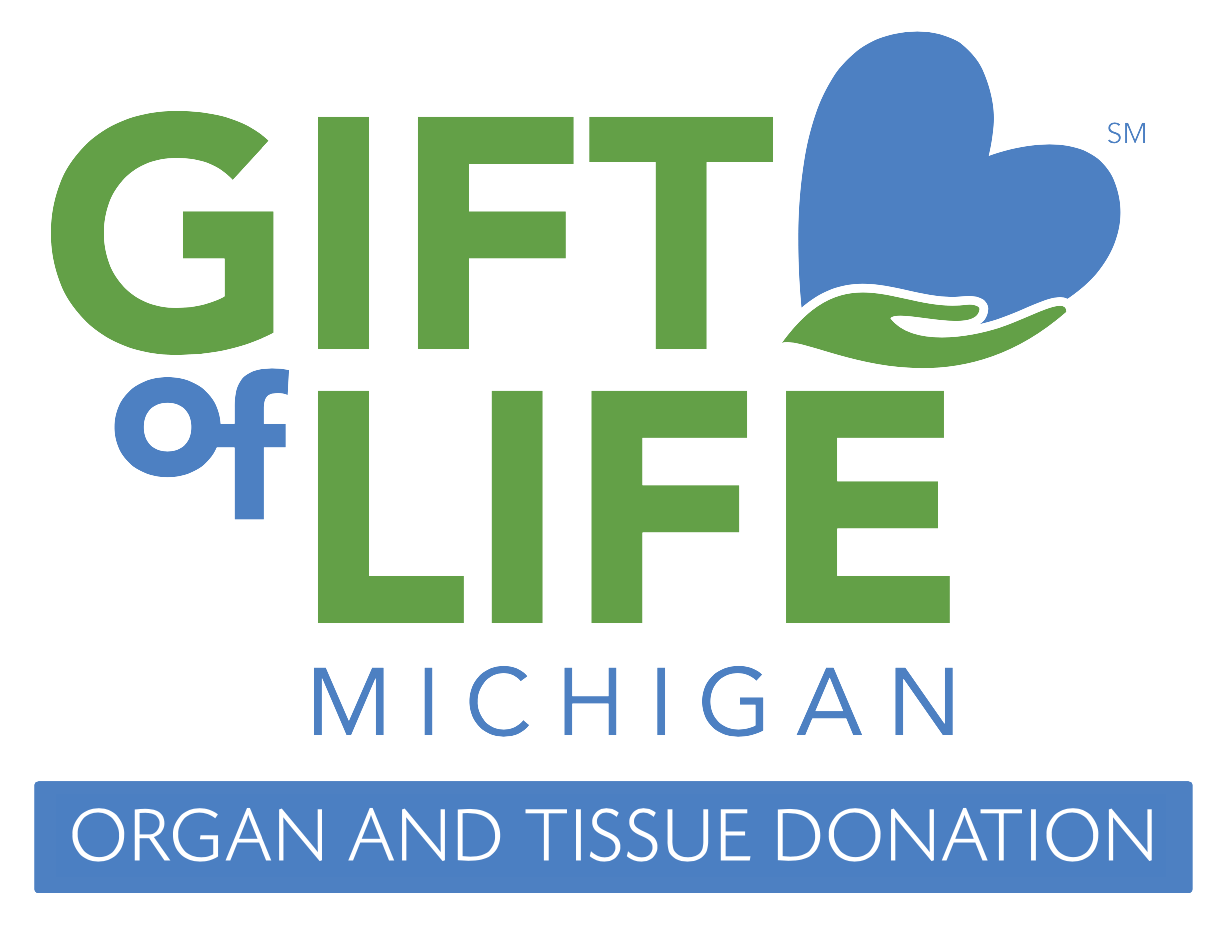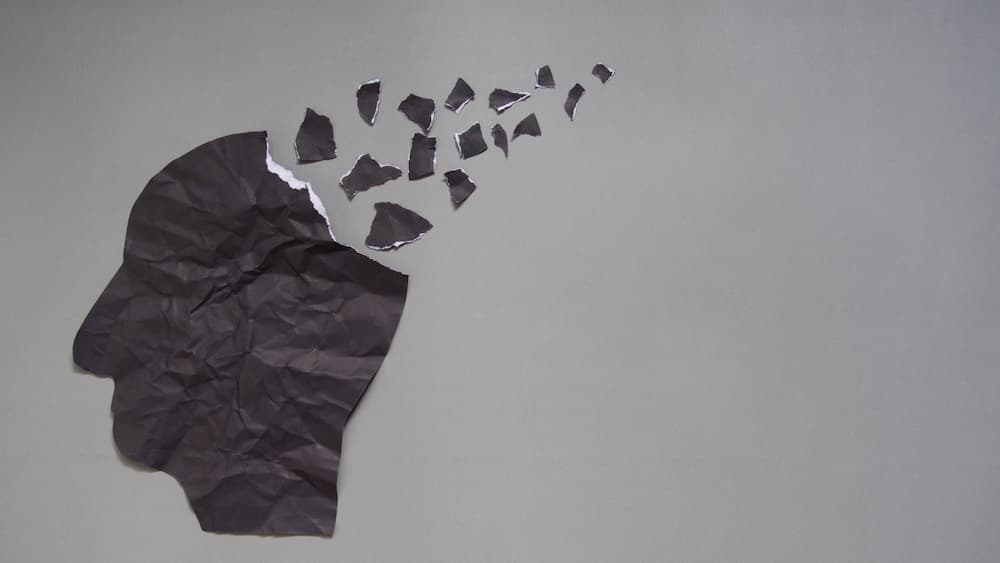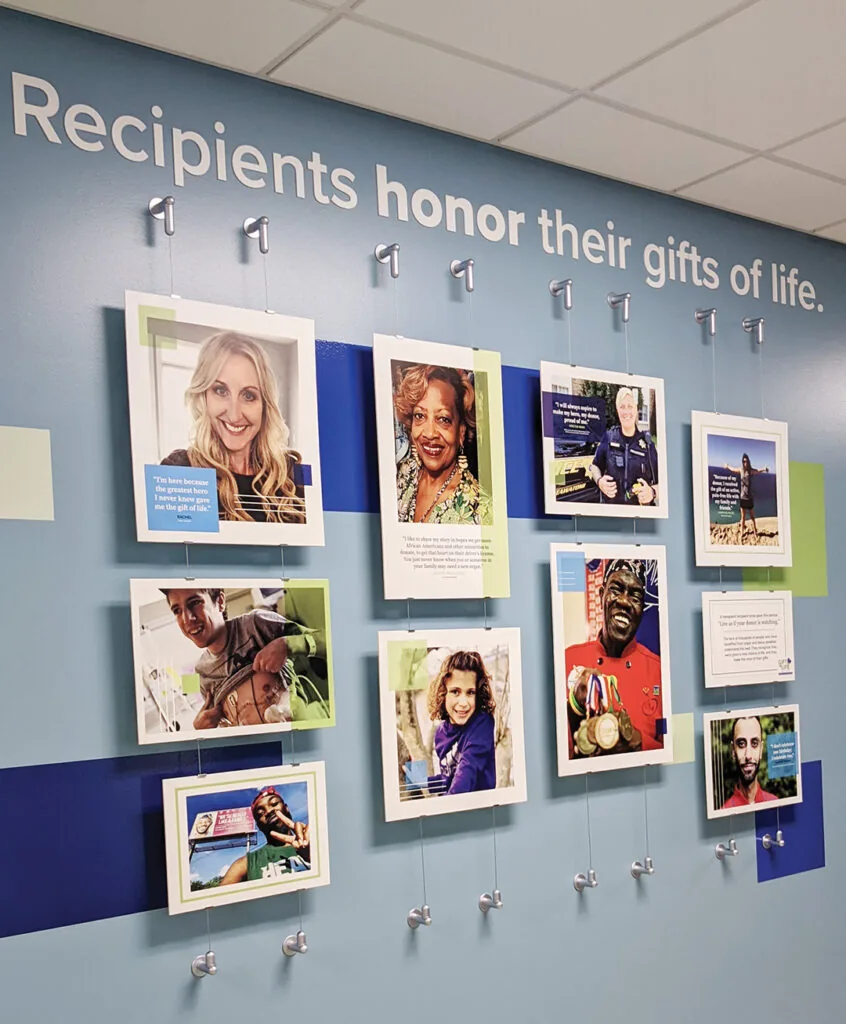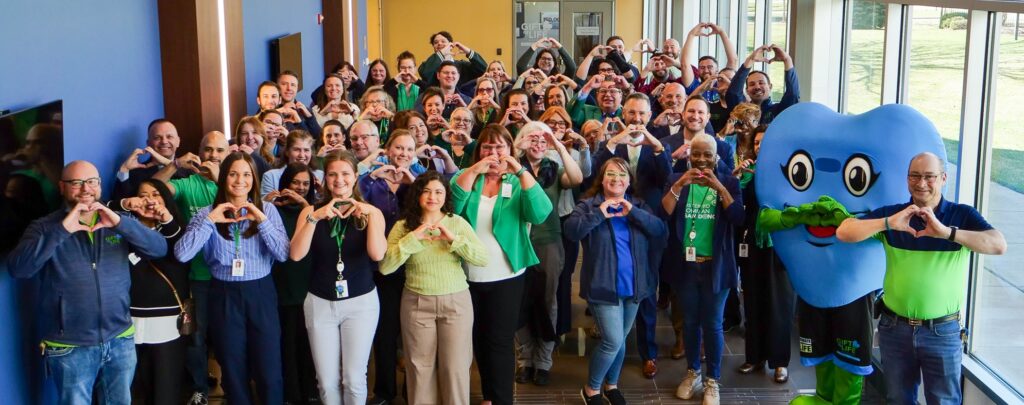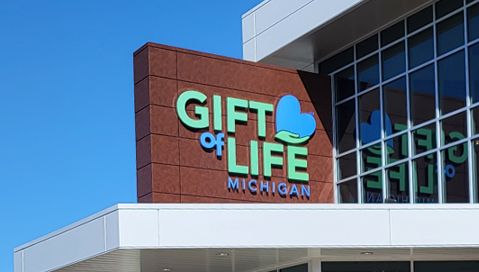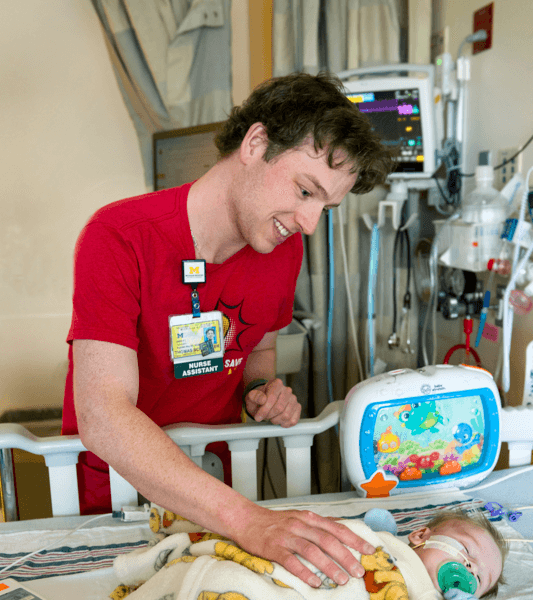There’s a buzz in the air when Gift of Life Michigan educators arrive at a school with their red trunk of supplies and plasticized real human organs used to teach about donation and transplant.
The All of Us education program is a real draw.
“Everybody hears that we’re there,” said Alison Gillum, senior community relations coordinator at Gift of Life. Curious teachers pop in for a look. Students chatter about it in the halls.
“When we leave, the people in the office tell us, ‘We’ve been hearing about you guys all day.’”
All of Us is booming.
More teachers than ever are asking for the unique program, with its real organs, interactive games, and personal message about the importance of organ, eye and tissue donation.
When the program started in 2018, Gift of Life delivered 68 school presentations. This year that number stands at more than 500, with busy months ahead. In just the first half of 2023 All of Us has reached 16,181 students — more than in all of 2022.
Two substantial gifts are funding the surging interest, Gillum said.
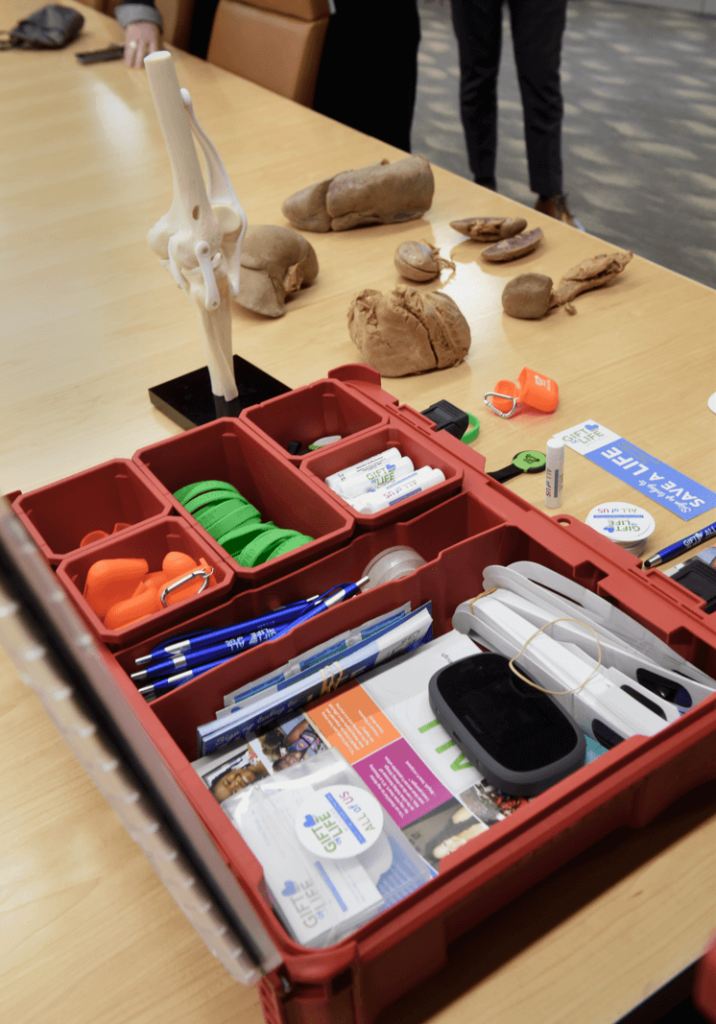
Pamela and Krishna Sawhney of Bloomfield Hills donated $125,000 to the award-winning program. And Key2Finesse, a nonprofit founded by Metro Detroit high school students, raised $75,000 to help sustain All of Us.
The funds have paid for materials and for three additional educators to present the program.
Sometimes, the presentation is extra personal.
When Almont High School teacher Kristin Rohrbeck heard about the program last fall, she knew it would be tough to bring it to her five biology classes.
Her daughter, Beth, died the year before of a pulmonary embolism. Beth’s donated corneas helped restore vision to a New Jersey artist and a man in South Korea.
“Even before my daughter passed, I always discussed organ donation in my classes,” Kristin said. “But this year, I don’t know if I could have gotten through it by myself.”
The engaging, interactive All of Us presentation kept her students captivated.
Some were fascinated handling organs. They tried on glasses that showed what distorted vision looks like with a damaged cornea. They listened to personal stories and saw photos of organ donors and recipients.
“The first time I watched the presentation, it was very emotional for me,” Kristin said. As she looked around her classroom, where her daughter often visited, she saw the message really sink in.
“It really helped students understand the compassion and selflessness of organ donation,” she said. “They’re the perfect audience — most would soon be taking driver’s training. They’ll need to decide if they want that little heart on their driver’s license.”
After All of Us, Alison said, teens are more prepared to decide.
Kristin could have said no to the presentation that hit so close to home.
“It’s too important,” she said. “Students need the facts to be able to make this decision in an informed way, to recognize the need, to discuss it with their family.”
“There is no greater gift,” she said. “As quickly as my daughter was gone, there is something beautifully and powerfully redemptive in knowing that in her death, lives are changed because of a gift she chose to give when she was still alive.”
“I was proud to have this presentation for our kids,” Kristin said. “It’s a way to help carry Beth’s legacy forward.”
For more information, or to schedule a presentation, visit golm.org/allofus.

